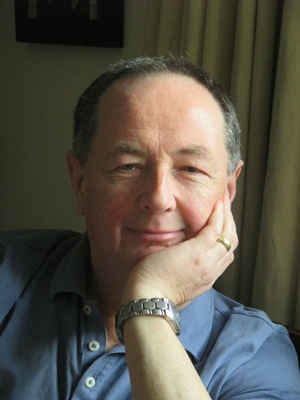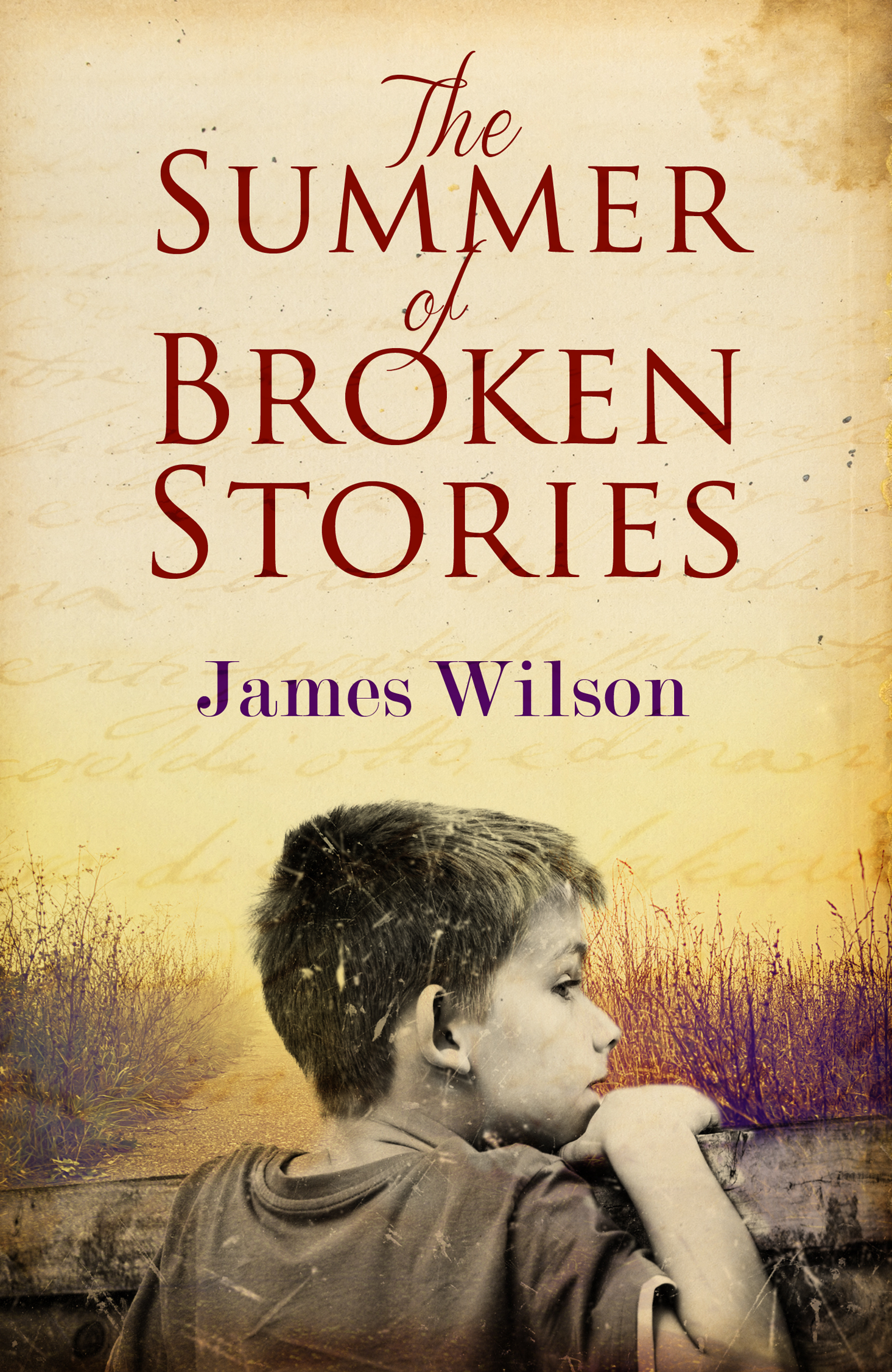Anyone writing a novel set in the past faces a number of related challenges. One is the siren call of hindsight: the temptation to litter the story with ominous intimations of what we know was about to happen next, but the characters didn't. Another – generally less conscious, and so more difficult to guard against – is the tendency to project our own values back on to an earlier age. And finally there’s the widespread – and again largely unconscious – belief that the past was somehow a simpler and more straightforward place than the present: either (the positive view) a kind of lost idyll from which we've lapsed, or (the negative) a seething hotbed of unenlightened attitudes from which – thankfully – we've now moved on.

So the first job of a historical novelist is to make a deliberate effort to set these lazy mental habits aside, and try – as far as possible – to recover what life actually felt like to people at the period s/he is writing about. Key to achieving this, of course, is taking the time to research thoroughly, which for me means immersing myself in material from the time: not just novels (which often give the most vivid picture of day-to-day social relationships), but also contemporary diaries, letters, memoirs, journalism, etiquette guides, gazetteers – and even cookery books and railway timetables.
But that is only the beginning. Even when I feel I've accumulated enough detail to create a convincing panorama, I can’t begin to write until I've come up with a satisfactory voice – one that captures not only the cadences of the language of the time, but also its underlying assumptions about the world. To me, the process is analogous to looking at a landscape, and trying to find a vehicle robust enough to carry you through it – not just along the main roads that may be familiar from history or from other books, but also across the rugged, uncharted terrain that you have to imagine (or discover) for yourself.

This approach served me well for my first four novels, which – between them – cover the period from the late eighteenth to the mid-twentieth century. But with my latest book, The Summer of Broken Stories, set in the 1950's, I found myself in an odd situation: for the first time, I was writing about an era that I could still – just – remember from my own childhood. So I had, simultaneously, two sharply different roles: first, as the archaeologist, and second, as an inhabitant of the vanished world he’s trying to excavate.
I started out applying the same techniques I’d used in the earlier novels – but, the further I went, the more I realized that the emotional core of the book was coming directly from my own life. The story is told from the point of view of ten-year-old Mark – a lonely, history-obsessed child, with strong echoes of the ten-year-old me. And, while some of the people he meets – such as the central adult male character, the mysterious Aubrey Hillyard – are pure invention, others are drawn largely from memory. One in particular – an elderly woman who invites Mark to read to her from T. S. Eliot’s Old Possum’s Book of Practical Cats and plies him with country wines – is modelled on someone who treated me in exactly the same way. The result of this odd gestation was a strange, sometimes eerie fusion of fiction and experience – so that now, when I think back to my childhood, the world of the book often feels more powerfully real than the flesh-and-blood village I grew up in.
And there were other unexpected consequences too. Living, as I do, in the early 21st century, I'm not immune to the prevailing image of the fifties as a dull, polite, conformist decade – little more, really, than a monochrome prelude to the psychedelic explosion of the sixties. What I actually discovered on my return trip was startlingly different: a place crammed with richly non-conformist characters, and – beneath a tranquil surface – profoundly ill at ease with itself, and troubled by fears about the future. Those anxieties tended not to be discussed openly, but expressed obliquely in books such as the novels of John Wyndham, with their dire warnings about apocalyptic disasters and out-of-control science; or in children’s comics like The Eagle (I'm still haunted by a serial called The Reign of the Robots, in which space pilot Dan Dare returns to Earth to discover that it’s been reduced to a giant labour camp under the control of the evil, führer-like Mekon). And what fascinated me, looking back, was that – for all the impression they give of belonging to a long-gone age – these stories, and the unease they embody, are actually linked to our world today by a whole half-hidden network of echoes and connections.
The past is, indeed, another country, and it’s important to take account of the differences – but it turns out, in the end, that the people who live there are remarkably like us.
Born in Cambridge and educated at Oxford, James Wilson now lives in London and Normandy. He is the author of five acclaimed novels- The Dark Clue, The Bastard Boy, The Woman in the Picture, Consolation and The Summer of Broken Stories- as well as a work of narrative non-fiction, The Earth Shall Weep: A History of Native America. For more information, visit his website or follow him on Twitter.
With advice from leading international and bestselling writers, Writing Historical Fiction: a Writers' & Artists' Companion provides all the practical advice you need to write historical fiction successfully. Purchase a copy here
Comments